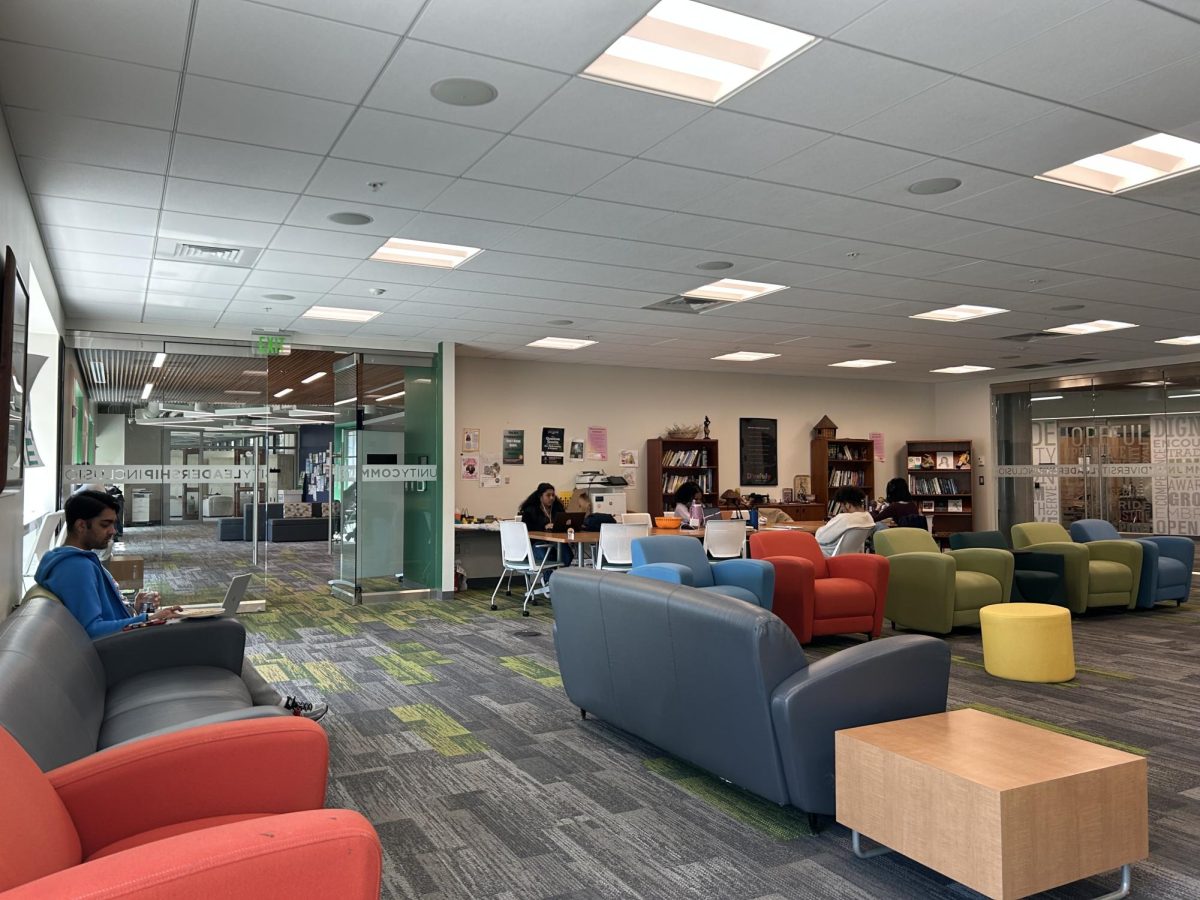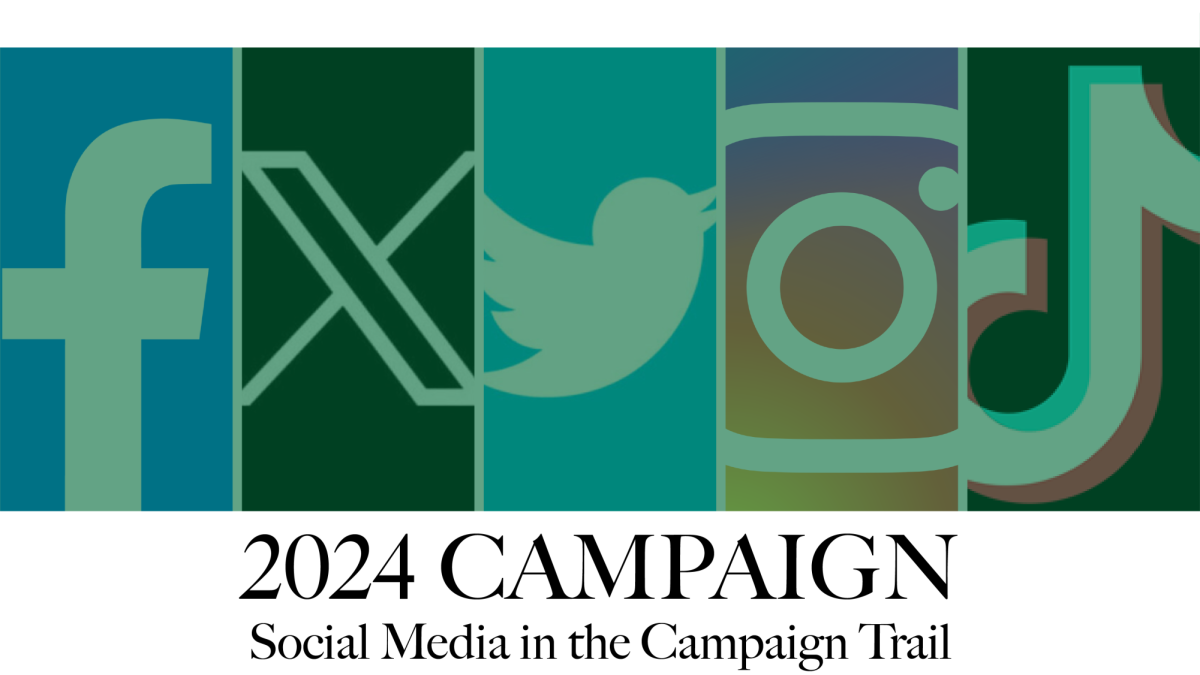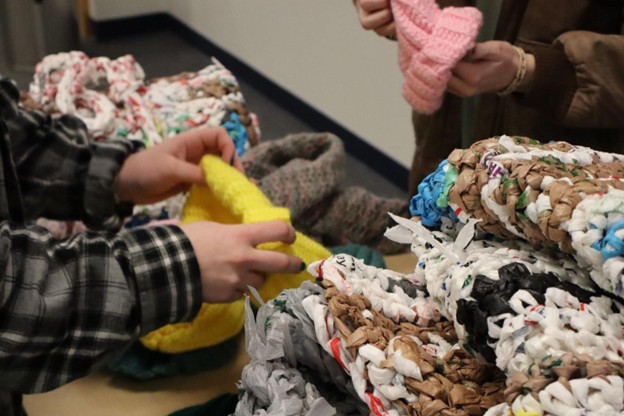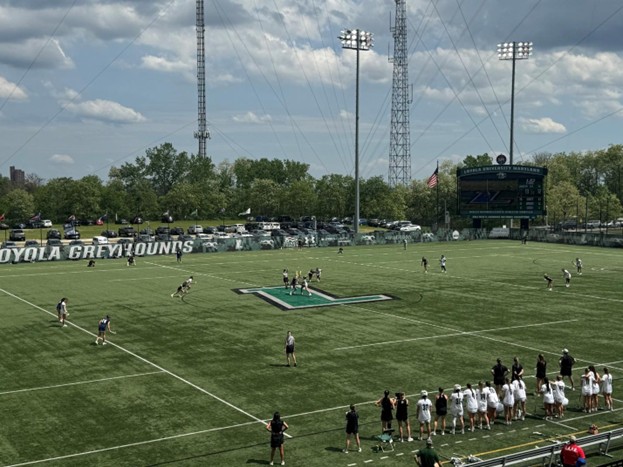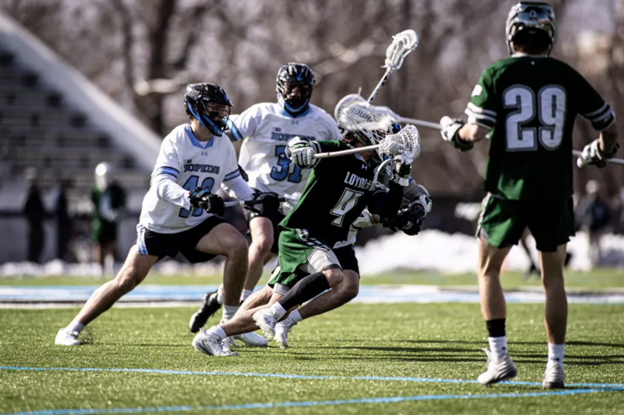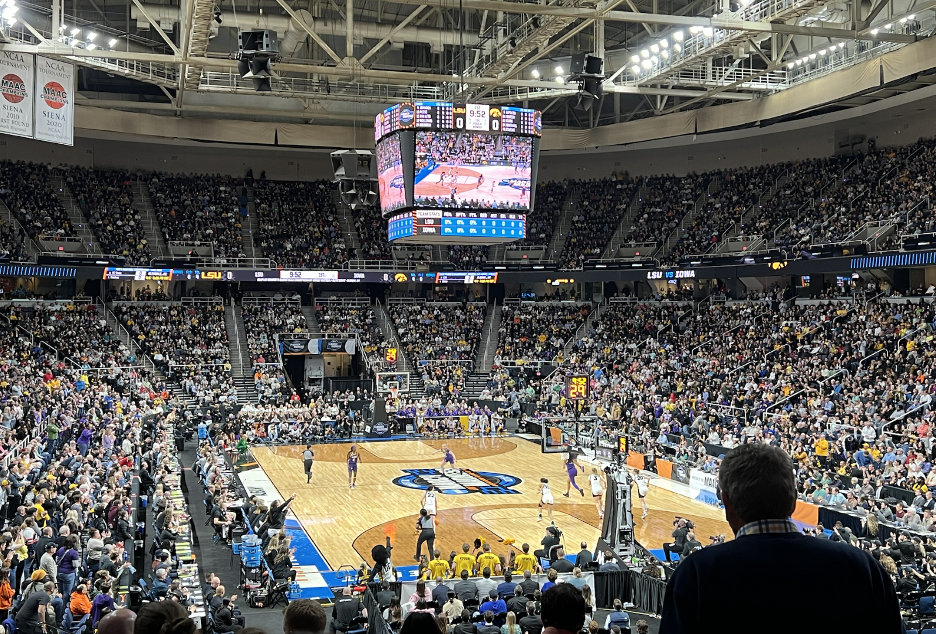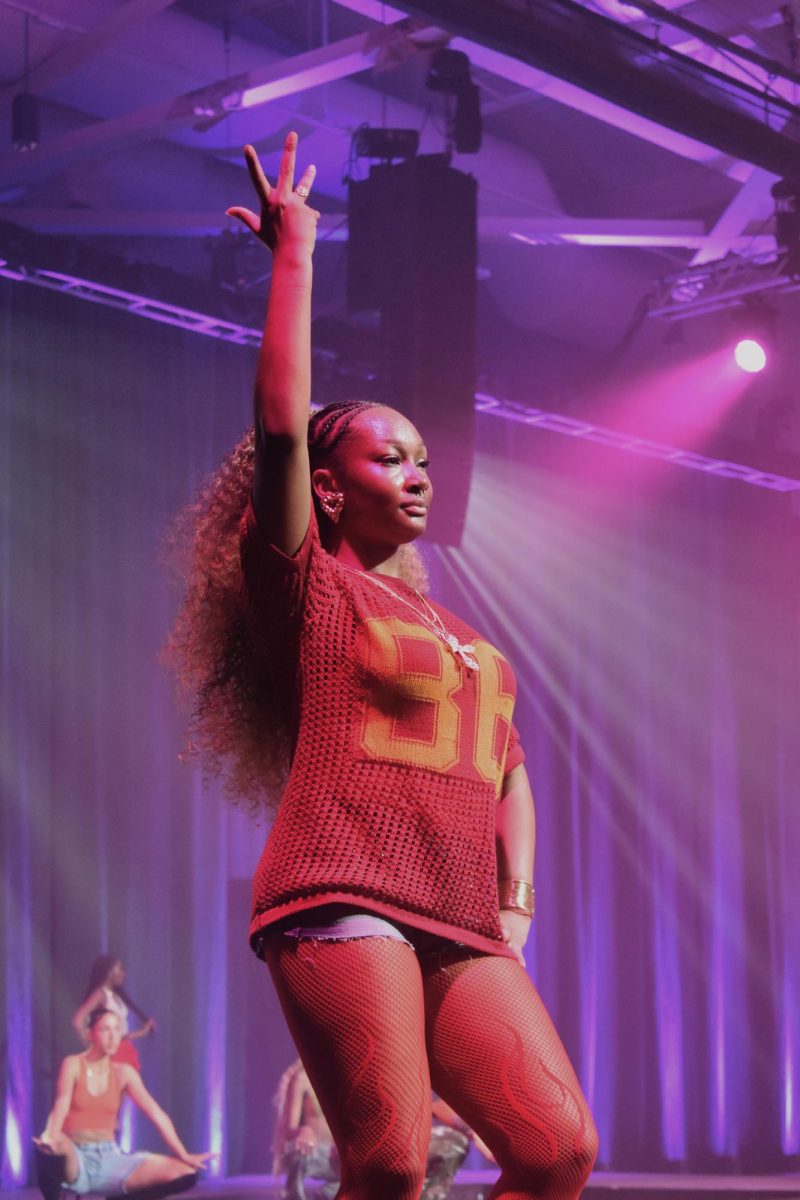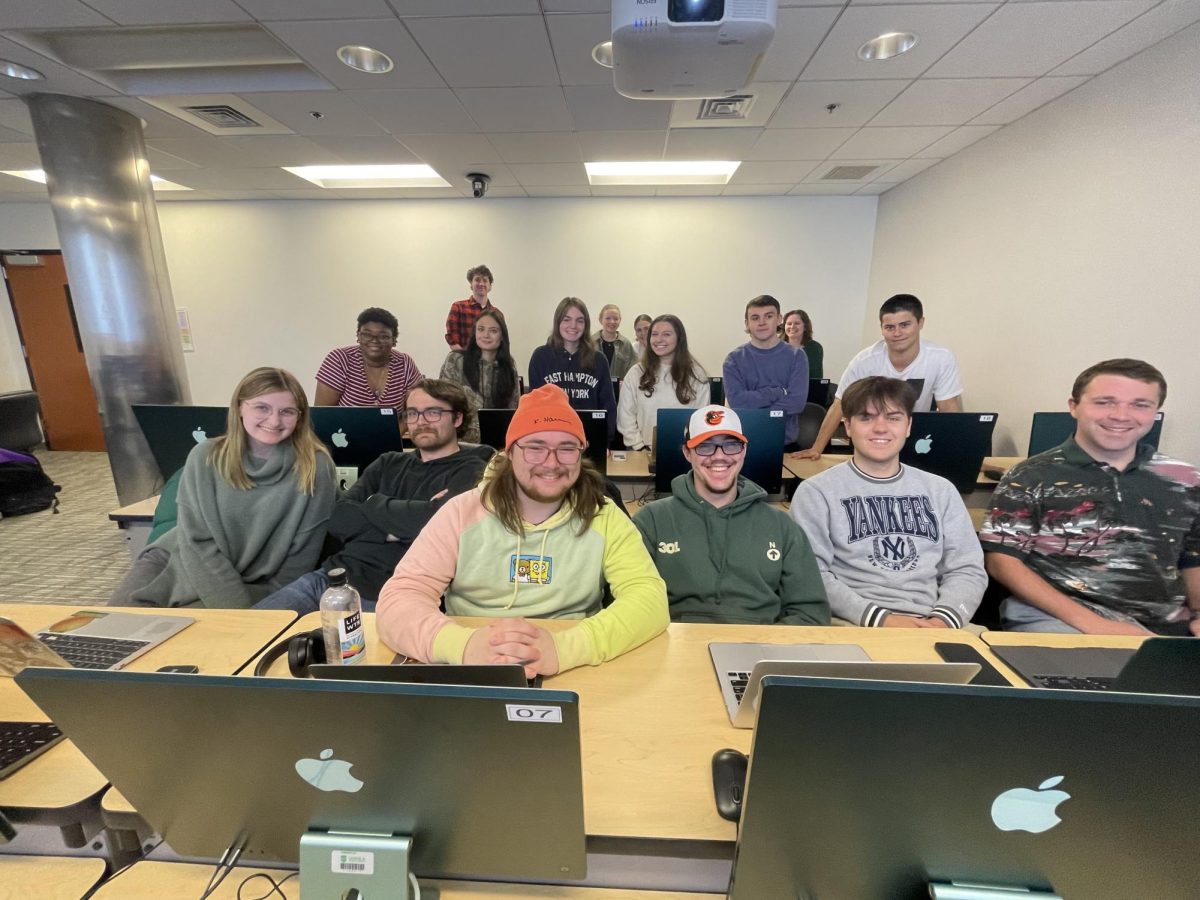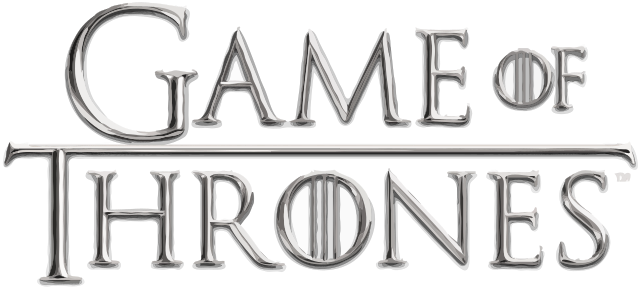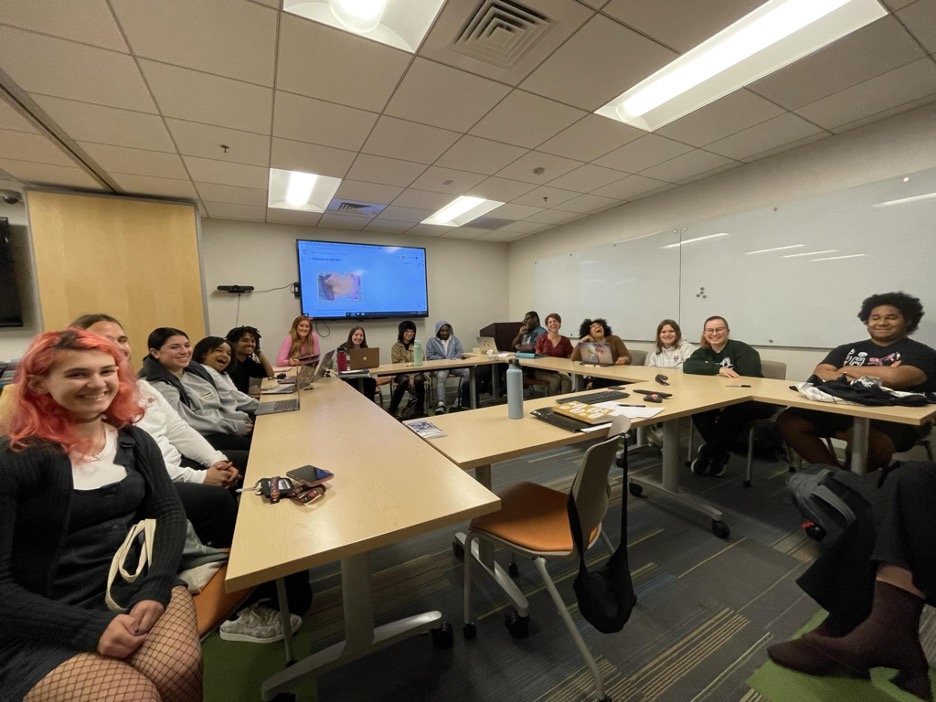“Deaf U,” a new Netflix documentary, follows the students of Gallaudet University in Washington D.C. Unlike other universities, Gallaudet is set up to accommodate students who are either deaf or hard of hearing. On their website, Gallaudet notes how they are “the only university where students live and learn in American Sign Language (ASL) and English.” At Gallaudet, students have all of the opportunities that a typical university offers, such as honors programs and study abroad, with the support of a community that understands deaf culture.
Despite their disabilities, the issues these college students face aren’t unique. Much like hearing students, these students have discussions about maturing topics such as sex and dating. However, watching these conversations unfold through ASL is a one-of-a-kind experience. Watching “Deaf U” was interesting because most members of the hearing community are not used to seeing people communicate in ASL. In ASL, people communicate with the use of hand symbols. Although ASL is a silent language, it is intricate and highly complex.
When I watched the students communicate in ASL, I was impressed by how quickly they could move their hands in order to get across what they were trying to say.
Through watching “Deaf U,” it is clear that most Gallaudet students appreciate the sense of community on campus. I was surprised by how “Deaf U” resembled a traditional college campus in so many ways. There was typical college drama, yet despite this, many students seemed to find their sense of belonging at Gallaudet. Overall, “Deaf U” is an interesting show because it provides a first-hand look at the realities of living in a deaf and hard of hearing community. The deaf community is similar to the hearing one in more ways than we think.
One very interesting aspect of the show was the social hierarchy portrayed at Gallaudet, which was just like social hierarchies at hearing colleges. At Gallaudet, the “elite” girls band together and make other students feel uncomfortable. Cheyenna Clearbrook, a student at Gallaudet who was interested in fashion, was put down by the elites because she came from a different background. While Clearbrook lived in both the hearing world and the deaf community before coming to Gallaudet, the “elites” came from families where deafness had been part of their story for generations. There is a particularly uncomfortable scene where the elites mock Clearbrook’s YouTube videos, as she’s a successful fashion influencer because they don’t like how she mouths the words that she is speaking. The elites seem to be jealous of Clearbrook because she knows how to appeal to both the hearing community and the deaf community.
“Deaf U” is particularly intriguing because it touches upon so many issues that are not normally discussed when we talk about disability. “Deaf U” is an honest show because it does not just highlight the disabled community’s successes. It explores how disability does not define a person, and how people who are deaf have to deal with everyday struggles on top of their own challenges. It was not easy to watch parts of “Deaf U,” but that is because the story was engaging, and it was easy to emotionally relate to the characters without relating to the specific disabilities of those in the show. “Deaf U” did a great job of showing everyone that people with disabilities are no different personality-wise than anyone else.
There are many opportunities for Loyola students who are interested in learning more about the realities of deafness. Loyola has an American Sign Language club, which is run by current Loyola students, and Loyola also offers ASL courses through the Speech-Language-Hearing-Sciences department.
“Deaf U” is available now on Netflix.
Featured Image courtesy of half pint via Flickr Creative Commons









